 10 min
10 min
Iyas Shahin and Wesam Al Asali of IWLab (Syria): ‘It’s time for a radical change in architectural practice.’
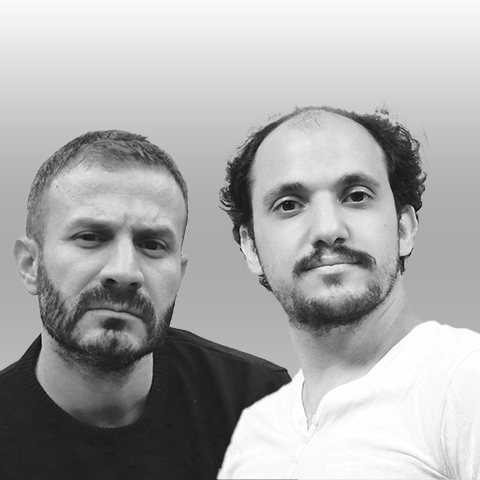
“The idea of a revolution in architecture raises fundamental questions: For what purpose? For whom? Against whom? What methods should be used? These questions highlight critical issues of power, rights, justice, and responsibility in architecture, as well as its environmental impact. While a revolution is a means for change, it entails a range of tactics from peaceful negotiation to confrontation. It is inherently about frictions, oppositions, and endurance, but before all that—it is a shift in perception.
Read their full account
A revolution in architecture doesn’t necessarily mean a revolution for architecture; it could be a revolution against it. Therefore, as architects, we must ask: Do our practices advocate for the betterment of the environment and society, or are our visions detrimental to them?
Given today’s urgent challenges, such as climate change, urbanization, and social inequality, there’s a strong argument for a radical shift in architectural practice. Society’s loss of confidence in architecture’s ability to address major issues, traditional practices consuming large amounts of resources and energy, and the need to promote better living conditions for underprivileged communities all indicate the necessity for change. Additionally, integrating cultural identities into architectural practices and making sustainable architecture accessible to more people are vital.
Engaging communities in planning and design is crucial, ensuring projects meet real needs and respect experiences. This shift may require renewing architectural education, teaching students to rethink architecture’s impact. A revolution in architecture is not merely a change in styles or materials, but a profound shift in philosophy and approach regarding its impact on the world.”
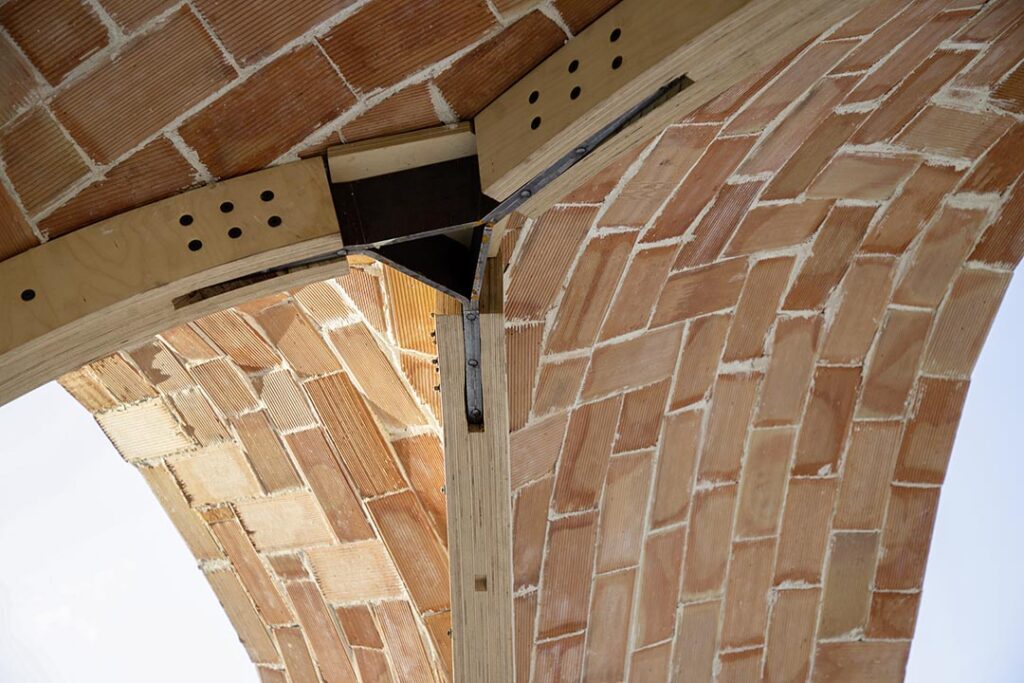
Marina Tabassum (Bangladesh): ‘No need for architecture to stage a revolution.’
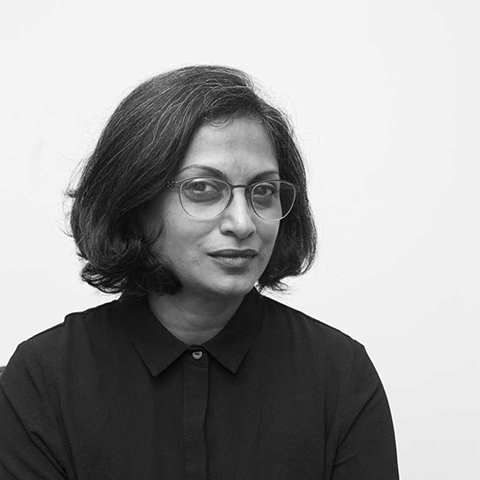
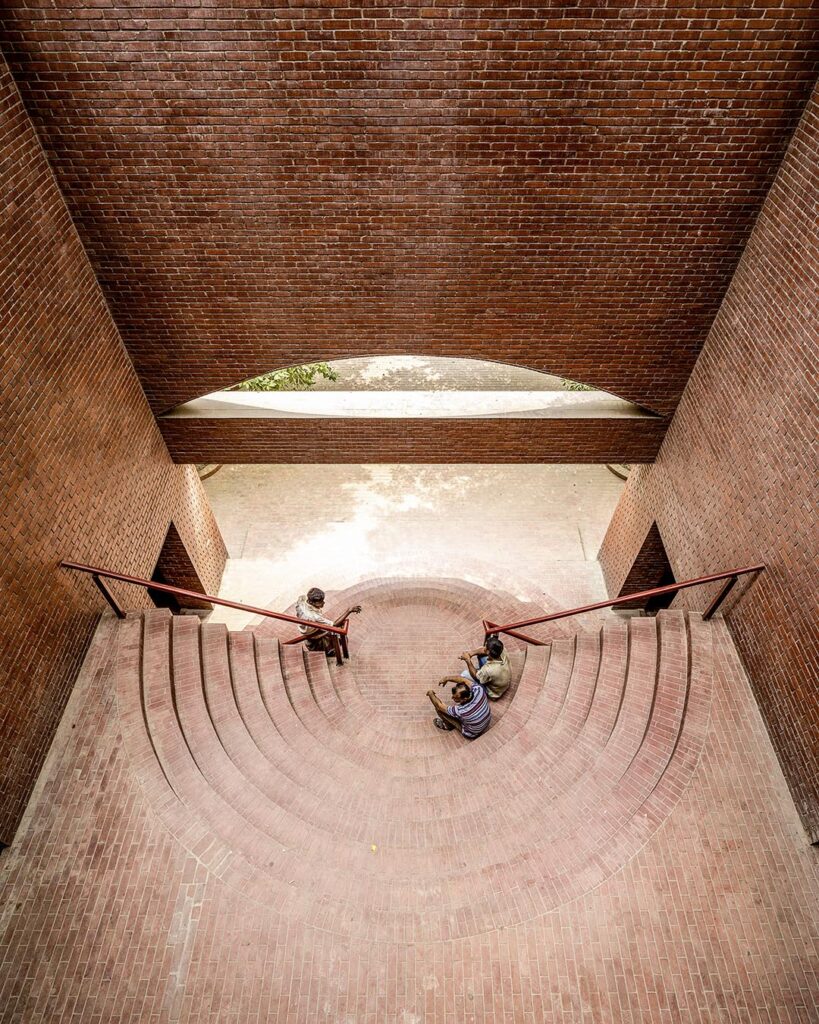
Andrés Jaque (Spain/United States): ‘Architecture is now a form of dissidence against failing systems.’
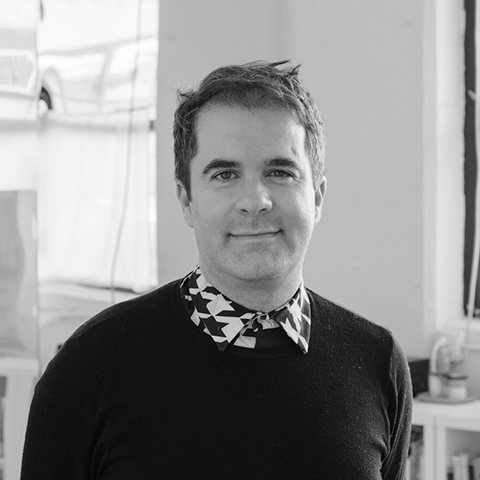
“Architecture is not about space. Architecture is the making of togetherness, more-than-human togetherness, transspecies togetherness.
Architecture is not about buildings, but about how different entities (humans, bricks, trees, virus, air, stones) infiltrate each other. Modernity is the intersection of extractivism, carbonization, coloniality, racialization, patriarchates, anthropocentrism, technocracy, militarization, and capitalism. All these are cracking and failing. But there is life in their cracks; other forms of life are yet to come from these cracks. Architecture is now a form of dissidence against failing systems, not exactly a revolution but rather life itself growing at/as the ruins of violence. Architecture is a transspecies re-alliance, a more-than-human affirmation of the yet-to-come.”
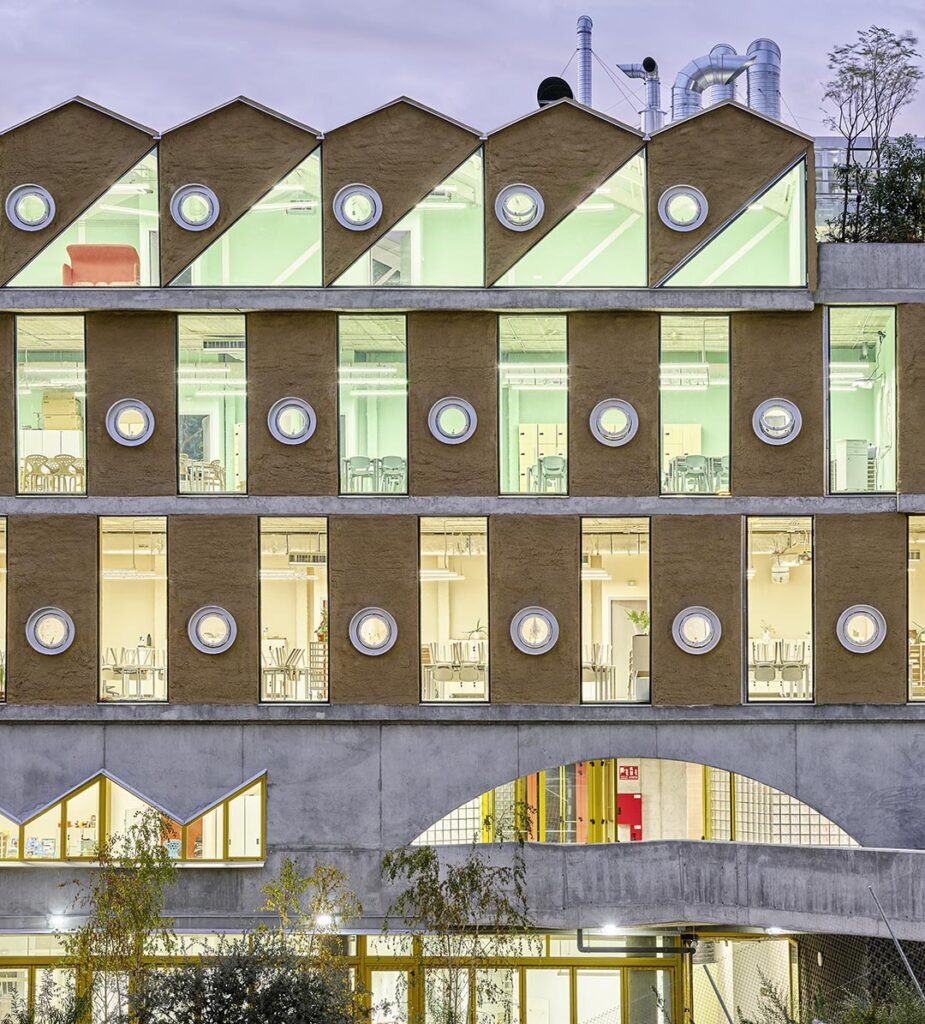
Ciro Pirondi (Brazil): ‘Architecture, as a discourse on humankind’s actions, is always in motion and revolution.’
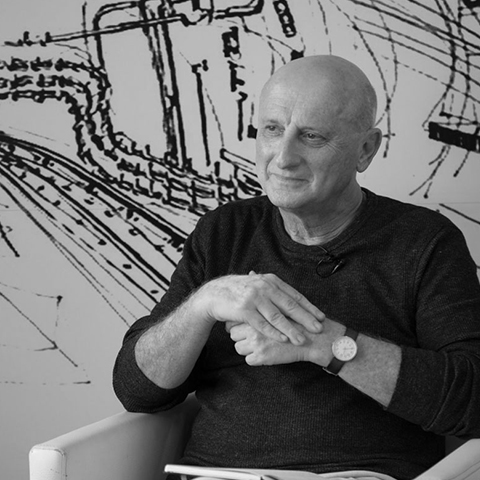
“Architecture, as a discourse on humankind’s actions, is always in motion and revolution. Its memories are discontinuous, its changes slow and, as a specific form of knowledge, these memories represent changes in civilizations themselves. The transition from Greek exterior space to Roman interior space lasted five centuries. Interior and exterior dimensions of space, and the use of steel and sheet glass, only began to co-exist in the nineteenth century, creating a third and revolutionary vision of architectural space.
In the twentieth century, the urban population’s new social consciousness generated other needs, new unpredictabilities. Social movements, and women’s new standing in society, together with the two Great Wars, posed new challenges for architecture and for land occupancy.
Unfortunately, we had more misses than hits. Architecture, whose discourse must always be one of peacebuilding (though in reality destroyed in times of violence), did not know how to design and construct harmonious spaces. We polluted our rivers, deprived mountains of nature and burned forests, killing civilizations that occupied them long before we did. We demolished our ancestry.
Read his full account
With rare and honorable exceptions, the Architecture produced served speculative and predatory land interests throughout the twentieth century. The new technologies developed and made available to architects’ ingenuity generated flawed cities and segregated spaces that did not encourage interactions or conviviality, which are their primary design purpose. We used materials that contributed significantly to the current climate emergency.
We enter the twenty-first century with greater environmental awareness, and awareness of the responsibility of architecture’s social function. What we are seeking is beautiful design where natural Nature and constructed Nature co-exist harmoniously. We have recently begun to realize that we, as humans, are part of Nature. That the same cosmic dust found in the stars is present in us, too. Faced with a blank page, the contemporary architect finds themselves confronted with these issues as (still) insurmountable challenges over which they must ruminate.
The discovery of plant neurobiology has fast brought Darwinism up to date, according to which the strongest adapt, survive and reproduce. Plant neurobiologist Stefano Mancuso understands that, in Nature, from fungi to the plant and animal kingdoms, the ones that survived the evolutionary process were the ones that knew how to share; to work with a collective and cooperative intelligence.
This new vision of Humankind and of the World requires the Architecture of the twenty-first century, unlike previous centuries, to be increasingly social, ecological, collective, transdisciplinary and interactive with the user, whether they are private or public. Our creativity will become more sublime and wonderful if we adopt that approach. I believe this is the great and urgent revolution that we architects must bring about in Architecture. These necessary and profound paradigm shifts begin and end in the formation of new generations. The educational programs of our architecture schools must be reconfigured to that end, to become the main driver of these transformations.”
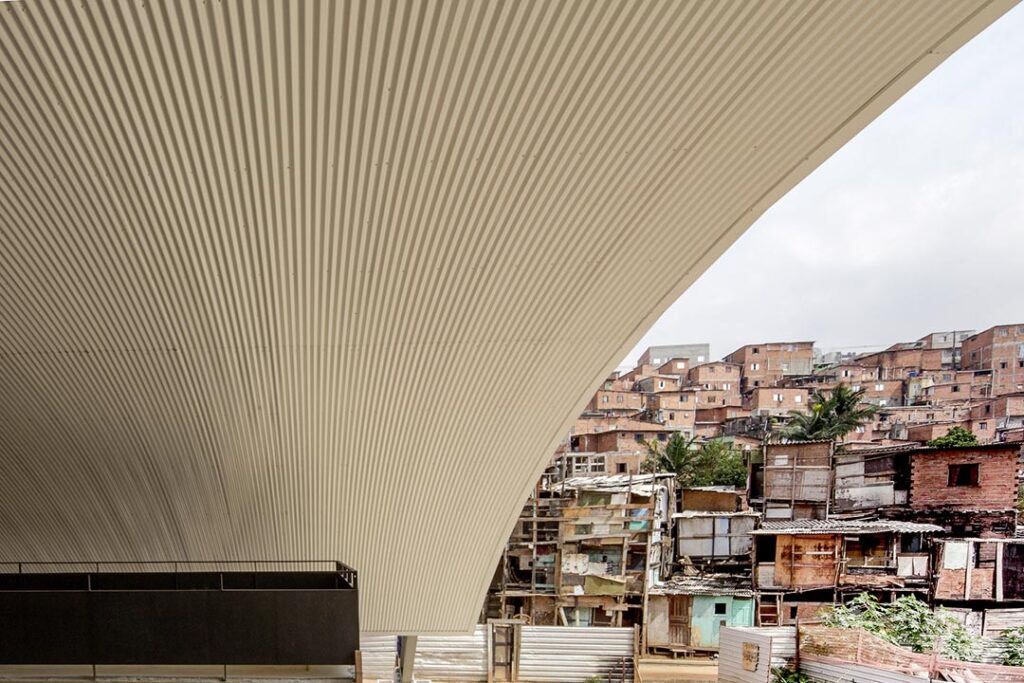
Dare, transmit, federate.The Global Award for Sustainable Architecture™ was founded in 2006 by Jana Revedin, German architect and architectural and urban sciences scholar. Each year, the award recognizes five architects who share the principles of sustainable development and a participatory architectural approach to the needs of society, in both the northern and southern hemispheres. Held under the patronage of UNESCO, the 2024 Global Award for Sustainable Architecture is supported by Saint-Gobain.
In 2024, an international panel of seven architects have selected five winners on the theme Architecture Is Education.






